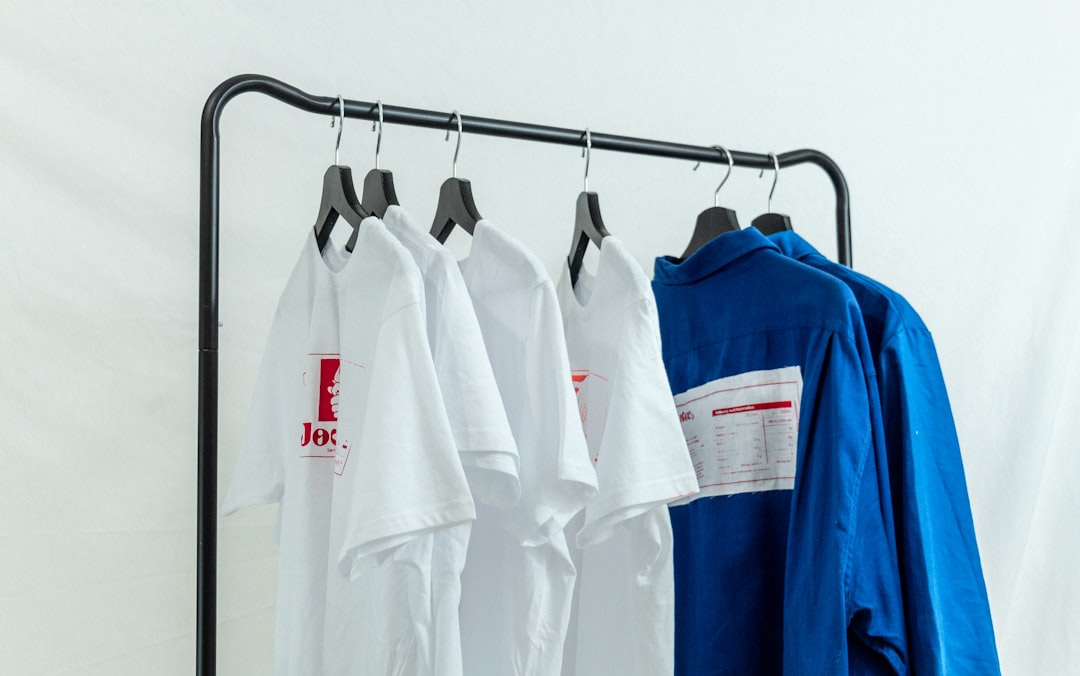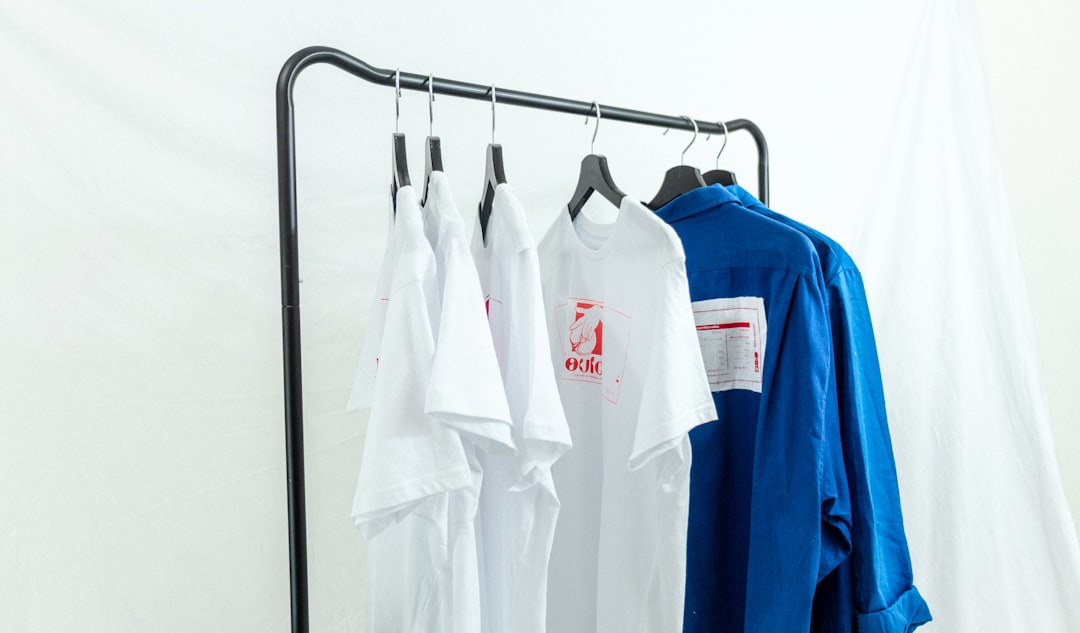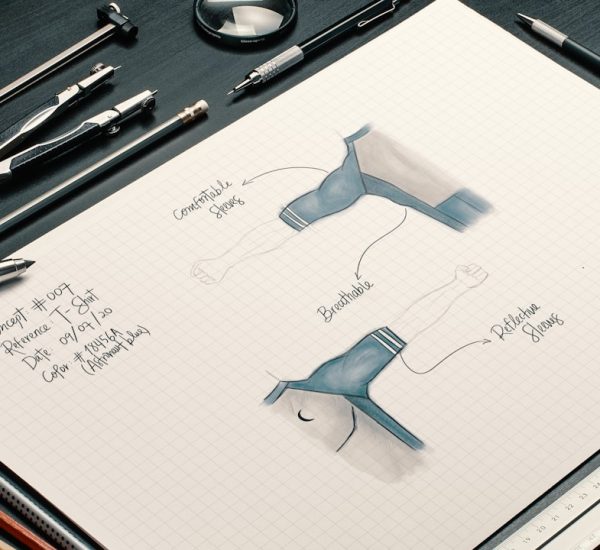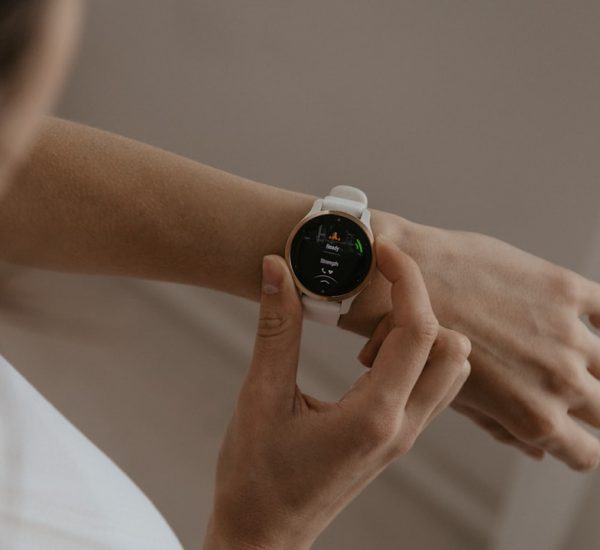Football shirt printing is a crucial part of the game, whether for professional squads, amateur teams, or fans showing support. Today’s modern printing techniques ensure durability, vibrancy, and comfort, but each method comes with its own strengths and ideal use cases. Understanding these methods helps enthusiasts and buyers make informed decisions when customizing jerseys or making large-scale orders.
1. Heat Press Printing
This is one of the most popular methods for customizing football shirts, especially in small to medium batches. It uses heat and pressure to transfer vinyl or printed designs onto the fabric.
- Advantages: Great for vibrant, full-color prints and complex designs. Ideal for customizing individual player names and numbers.
- Disadvantages: May wear down faster with frequent washing. Less breathable due to the vinyl layer.

2. Screen Printing
Screen printing is a traditional and widely used method in sportswear. It involves pushing ink through a mesh screen onto the fabric.
- Advantages: Extremely durable and perfect for large runs. Vibrant and long-lasting prints.
- Disadvantages: Expensive setup for small batches. Limited flexibility for complex or multi-colored designs.
This method is well-suited for club football kits that need to stand up to frequent use and washing over a season.
3. Sublimation Printing
One of the more modern and advanced methods, sublimation printing infuses ink directly into synthetic fibers using heat. This technique is mostly used for polyester garments.
- Advantages: Lightweight and breathable finish. The print becomes part of the fabric, making it extremely durable.
- Disadvantages: Only works on light-colored, polyester-rich fabrics. Not suitable for dark shirts or cotton materials.

4. Embroidery
Although not commonly used for full designs or names, embroidery is often applied to logos and brand insignias. It involves stitching the design into the fabric with thread.
- Advantages: Premium look and highly durable. Great for crests and club badges.
- Disadvantages: Not ideal for large or complex designs. Can be uncomfortable if not done correctly.
Embroidery adds a touch of class and is usually reserved for club emblems on more premium kits.
5. Direct to Garment (DTG) Printing
DTG is like using an inkjet printer for clothes. It allows extremely detailed designs to be printed straight onto the fabric.
- Advantages: Excellent for photo-quality images and complex, multi-colored artwork.
- Disadvantages: Works best on cotton, making it less suitable for typical football jersey materials. Less durable compared to other methods.
Great for one-off fan shirts, special edition kits, or promotional apparel, DTG printing has a lot to offer where full customization is needed.
Choosing the Right Method
The best method depends on several factors:
- Material of the shirt
- Design complexity
- Quantity being printed
- Intended use (professional matches, casual wear, fan merch)
For example, a school team might opt for heat press due to its versatility and low setup cost, while a professional team would likely use sublimation for high-performance play.

Frequently Asked Questions
Q: Which method is most durable?
A: Sublimation printing offers the most durability because the ink becomes part of the fabric fibers, making it resistant to fading and cracking over time.
Q: Can I print on any type of football jersey?
A: No. Some methods like sublimation require polyester material, while DTG works best on cotton. Always check the fabric composition before selecting a printing method.
Q: What’s the best option for a one-off custom shirt?
A: Heat press or DTG printing is ideal for one-off shirts due to low setup cost and quick turnaround time.
Q: Is embroidery suitable for full-shirt designs?
A: No. Embroidery is best for small logos or patches. It’s not suitable for large or intricate designs due to cost and potential discomfort.
Q: How do I care for printed football shirts?
A: Always wash shirts inside out, in cold water, and avoid tumble drying when possible. Following these guidelines helps extend the life of the print.
Understanding these football shirt printing methods can save time and money while ensuring you’re wearing or offering high-quality customized apparel. Whether you’re a player, coach, or fan, knowing the right technique makes all the difference.



